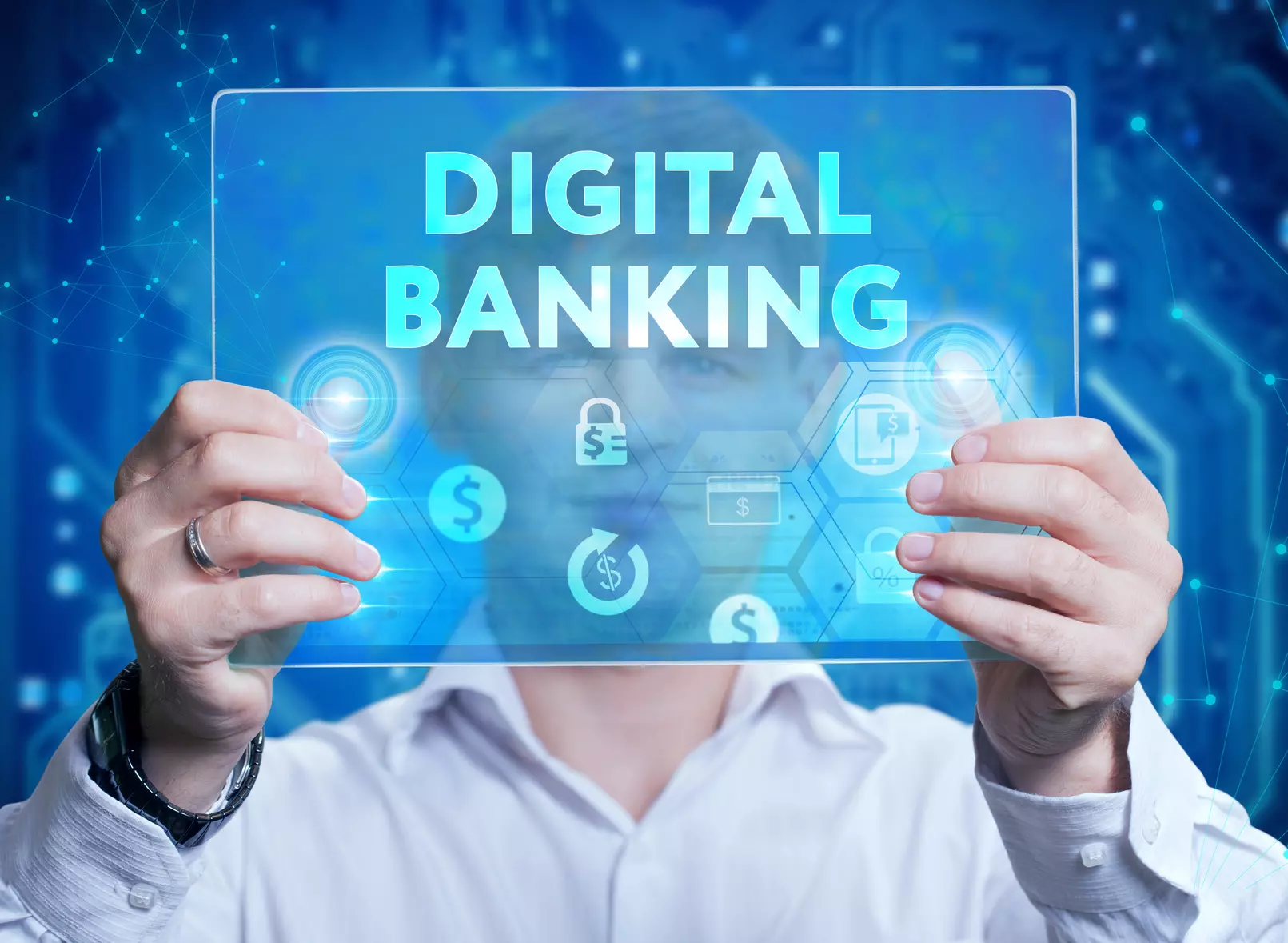Digital banking is the digitization (or moving online) of all the traditional banking activities and programs services that were historically only available to customers when physically inside of a bank branch. This includes activities like
- Money Deposits, Withdrawals, and Transfers
- Checking/Saving Account Management
- Applying for Financial Products
- Loan Management
- Bill Pay
- Account Services
Consumer preferences quickly shifted to online and mobile devices, but many financial organizations struggle to adapt their banking experiences to online channels and to the smaller mobile device screens. Unfortunately, banks can no longer afford to wait to invest in digital transformation because customers are increasingly willing to switch banks for digital features such as bill pay, mobile payments and loan applications.
Online banking means accessing banking features and services via your bank’s website from your computer. You may log into your account to check your balance or pay your electricity bill. You can access additional banking features, such as applying for a loan or credit card, at many banks via your online banking portal.
Online banking lets you sit down at your computer and tackle many of your personal finance needs without ever having to leave your home, something for which the family pet is likely most grateful.
Mobile banking means using an app to access many of those same banking features via mobile devices such as smartphones or tablets. These apps are proprietary, issued by the bank where you hold your account, and usually use the same login information as your online banking portal.
Designed for people on the go, mobile banking apps tend to include the most used banking features, such as mobile check deposit, funds transfers and bill payment. They also often have convenient features like peer-to-peer payments through systems like Zelle. Banks also may use their mobile apps to send customers banking alerts such as fraud detection and low balance notifications.
Here’s a visual equation that sums up (literally) digital banking:
Online Banking + Mobile Banking = Digital Banking
What is the Difference Between Online and Digital Banking?
For the most part, these two words are synonyms. But, we define online banking a bit more narrowly than digital banking: online banking primarily focuses on remote deposits, money transfers, bill pay and basic online management of accounts. Other synonyms for online banking include internet banking, virtual banking and e-banking.
So, online banking focuses on digitizing the “core” aspects of banking, but digital banking encompasses digitizing every program and activity undertaken by financial institutions and their
What Are the Benefits of Digital Banking?
Digital banking offers a number of benefits for both consumers and business owners. Here are several:
- Access. With both desktop and mobile access to your bank accounts available, digital banking means you’re not beholden to bank hours to manage your finances.
- Better rates and lower fees. With online banks driving fees down, consumers have choices beyond their local brick-and-mortar financial institutions. It’s easy to compare rates and fee structures to find the best bank for your needs.
- Equity. Upstart online banks level the banking access playing field by reaching unbanked and underbanked communities that rely heavily on mobile phones but may not have access to physical bank branches.
What Are the Drawbacks to Digital Banking?
Digital banking, while highly convenient and easy to access, isn’t without its challenges.
- Downtime. If you rely solely on an online bank, you could be challenged to access your accounts should your bank experience an online or mobile app outage and there’s no branch for you to visit instead.
- Learning curve. For those who aren’t tech-savvy, online banking and mobile banking apps might be a bit much to digest.
- Security. There’s always the chance that your username and password could be hacked; however, online banks pursue the same degree of risk-reducing security protections, such as multi-factor authentication, as brick-and-mortar banks do.
What Does Digital Banking Mean for You?
Digital banking, inclusive of online and mobile banking, gives people more ways than ever to access the functions they need to keep their finances in order. As the Covid-19 crisis has demonstrated, in-person services, in general, can’t be taken for granted, and banking services are no different.
When banks are able to create pathways that let people conduct their banking business remotely, they’re ensuring that your finances don’t grind to a halt even when the ways people do business have changed.
